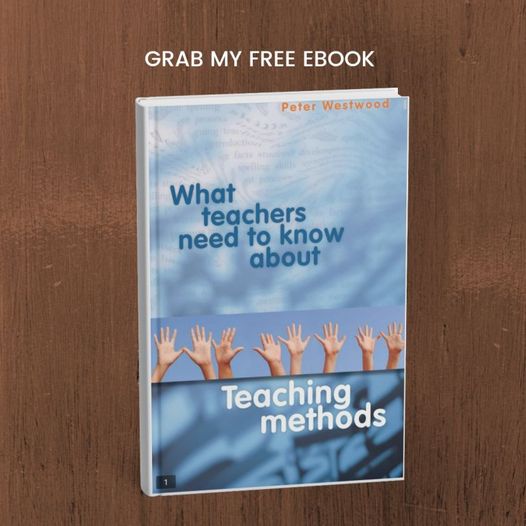When a teacher is guiding students on how to write an article, it’s important for them to understand both the skills involved in writing and the purpose of an article. Here are the key aspects that teachers should focus on:
1. Understanding the Purpose of Writing an Article
- Communication of Ideas: Articles are a way to communicate information, opinions, or analysis on a particular topic. Students need to understand that writing an article involves clearly conveying their thoughts to an audience.
- Engagement with Audience: An article needs to engage the reader. Whether it’s to inform, persuade, or entertain, students must understand the importance of writing with the audience in mind.
- Real-World Application: Writing articles is a common form of communication in many professions, from journalism to marketing to academic research. Teachers should emphasize how article writing prepares students for real-world tasks.
2. Structure and Organization
- Introduction: Teachers should highlight the importance of a strong introduction that hooks the reader, provides background information, and introduces the topic.
- Body Paragraphs: The body of the article should contain well-structured paragraphs that elaborate on the topic. Students need to learn how to logically organize their arguments or points to maintain coherence.
- Conclusion: The conclusion should summarize the main points and provide a strong ending that reinforces the article’s purpose or leaves the reader with something to think about.
- Headlines: If writing for publication (like a newspaper or blog), students must know how to craft attention-grabbing headlines or titles.
3. Clarity and Conciseness
- Articles need to be clear and concise, especially when the goal is to inform or persuade. Teachers should teach students to avoid unnecessary complexity and to express their ideas in a straightforward manner.
- Editing Skills: Good writing is often the result of multiple drafts. Teachers should guide students through the process of revising and editing for clarity, grammar, punctuation, and style.
4. Audience Awareness
- Tone and Style: Depending on the target audience, the tone and style of the article will vary. For example, a formal article for an academic journal will have a different tone than an article for a general magazine or blog. Students need to understand how to adjust their writing style to suit the audience they are addressing.
- Purpose of the Article: Teachers should emphasize how different types of articles—informative, persuasive, or opinion-based—require different approaches to writing and engaging the reader.
5. Research Skills
- Credible Sources: Articles often require research to back up claims. Teachers should ensure that students understand how to find credible sources and cite them properly, as well as how to synthesize information to support their argument or message.
- Critical Thinking: Writing an article requires critical thinking. Students need to evaluate sources, analyze information, and develop a coherent argument based on evidence.
6. Writing for Different Platforms
- Traditional Media: Writing for newspapers, magazines, or journals follows a specific set of conventions. Teachers can help students understand how to write for traditional platforms, focusing on style, tone, and format.
- Digital Media: Articles for blogs, websites, or social media require a different set of skills, particularly in terms of SEO (Search Engine Optimization), engagement strategies, and multimedia integration (images, videos, etc.). Teachers can introduce students to these aspects, especially for a modern, digital audience.
7. Importance of Editing and Proofreading
- Teachers should emphasize that good writing often involves rigorous editing. This includes checking for spelling, grammar, punctuation, clarity, and structure. Teachers can provide checklists or peer review sessions to help students refine their articles.
8. Feedback and Revision
- Teachers should provide constructive feedback, focusing not only on grammar and spelling but also on the overall effectiveness of the article. Encouraging students to revise based on feedback will improve their writing skills and help them understand the writing process as iterative.
9. Writing Practice
- Finally, teachers should encourage frequent practice. Writing is a skill that improves with regular practice, so providing students with diverse opportunities to write different types of articles (e.g., opinion pieces, research articles, how-to guides) will help them develop proficiency.
In Summary:
- Teachers need to help students understand the purpose of article writing and the real-world relevance of this skill.
- They should teach students the importance of organization, clarity, and audience awareness.
- Critical thinking, research skills, and effective communication should be emphasized throughout the writing process.
- Teachers should provide structured guidance on editing, revising, and receiving feedback to help students improve their writing.
By emphasizing these points, teachers can help students become more confident and competent in writing articles that are engaging, informative, and well-structured.
